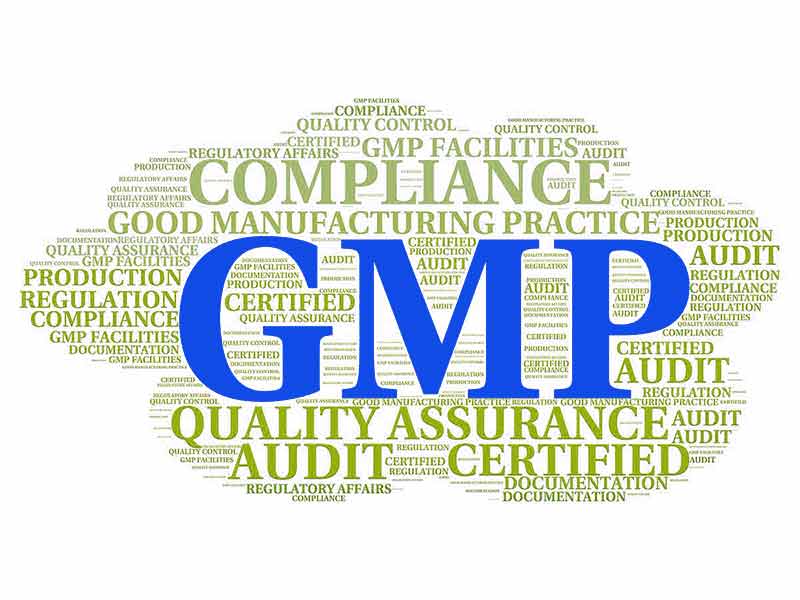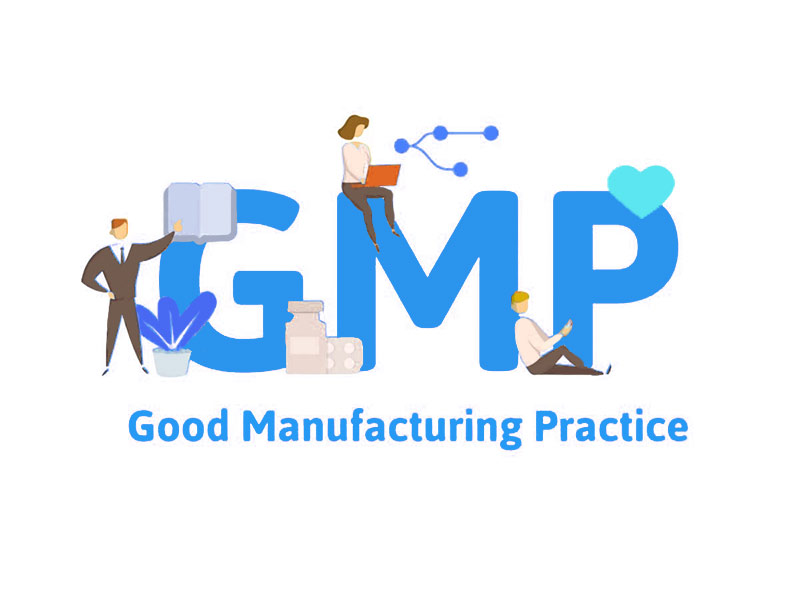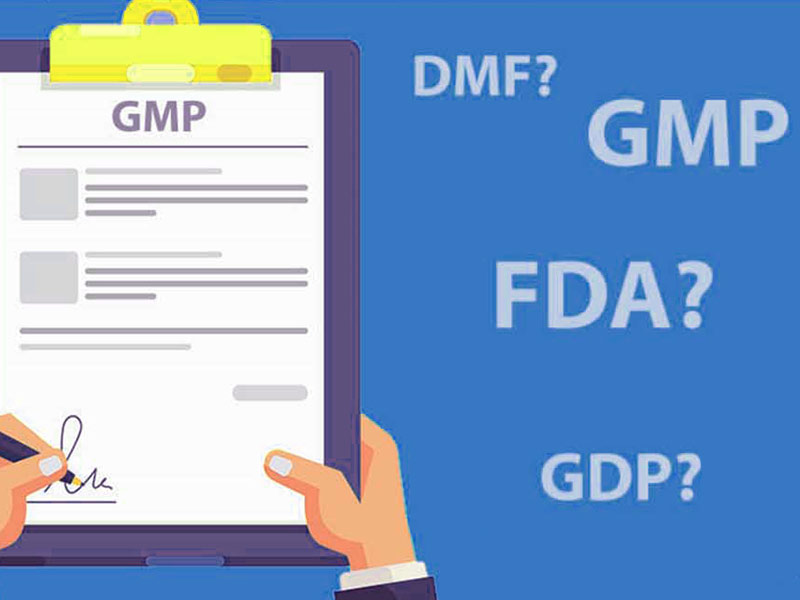
As we all know, China is currently implementing the GMP standard, which is a GMP standard formulated by the WHO and applicable to developing countries. It focuses on the requirements for hardware production such as equipment production. The GMP implemented in the United States, Europe, Japan and other countries (ie cGMP), which is also called the dynamic drug production management standard, focuses on the software production. So, what are the differences between the two standards? How do we catch up with these differences? Today, let’s talk about the differences between GMP and cGMP.
First Of All, The Differences And Requirements Of The Two Are Different.
From the comparison of the catalogue, we can see that for the three elements in the drug production process—hardware system, software system and personnel, American GMP is simpler than Chinese GMP, with fewer chapters. However, the internal requirements of these three elements are quite different. Chinese GMP requires more for hardware, while American GMP has more requirements for software and personnel. This is because the production quality of medicines depends fundamentally on the operation of the operator. Therefore, the role of personnel in the management of GMP in the United States is more important than that of plant equipment.
Reading through the specific content of GMP in China and the United States, we can find an interesting phenomenon: in Chinese GMP, the qualifications (education level) of personnel are specified in detail, but there are few restrictions on the responsibilities of employees; In GMP, the qualifications (training level) of personnel are succinct and clear, and the responsibilities of personnel are strict and detailed. This responsibility system guarantees the production quality of drugs to a large extent.
Secondly, The Collection And Inspection Of Samples, Especially The Inspection.
Chinese GMP only stipulates necessary inspection procedures, while in American GMP, all inspection steps and methods are stipulated in great detail, which minimizes the confusion and contamination of drugs at various stages, especially in the stage of APIs and provides guarantee for improving the quality of medicines from the source. Fundamentally speaking, cGMP focuses on high standards in the production of software. Therefore, it is more accurate to say that the implementation of cGMP is to change the concept of production management instead of improving the level of production management.

Finally, How To Successfully Implement cGMP.
Chinese current GMP requirements are still in the “primary stage”, and only in form. In order for Chinese enterprises to let their products enter the international market, they must be in line with international standards in terms of production management so that they can gain market recognition. Although the Chinese government has not yet compelled pharmaceutical companies to implement cGMP, this does not mean that there is no urgency to implement cGMP in China. On the contrary, managing the entire production process according to cGMP specifications is an essential prerequisite for internationalization. Fortunately, domestic pharmaceutical companies with forward-looking development strategies have realized the long-term significance of this standard and put it into practice. Canada has a history of nearly 30 years since GMP was written into the country’s draft regulations in 1975, and is one of the earliest countries to implement GMP.
The core of cGMP: The internationally accepted cGMP. At present, whether it is in the United States or Europe, the cGMP compliance inspection of the production site follows the unified cGMP specification for APIs formulated by the International Conference on Harmonization (ICH), also known as ICH Q7A. This specification originated from the International Conference on Harmonization for APIs (ICH for API) in Geneva, Switzerland in September 1997. In March 1998, the US FDA took the lead in drafting a unified “cGMP for APIs”, namely ICH Q7A. In the autumn of 1999, the EU and the United States reached an agreement on the mutual recognition of cGMP for APIs. After the agreement came into effect, the two sides agreed to mutually recognize each other’s cGMP certification results during the trade of APIs. For API companies, the cGMP specification is actually the specific content of ICH Q7A.
The so-called dynamic drug production management standard is to emphasize on-site management (Current). When we conducted cGMP training, we found that the person in charge of the quality department of many enterprises had a very naive understanding of cGMP. After we demonstrated the content of cGMP on-site worker training, we heard someone say: Is it that simple and still need training? Yes, on the surface, the content of cGMP, especially the specification of on-site work, has no profound knowledge, but once the cGMP specification is implemented into the process and details of the real work, you will find that it is not that simple to implement. . The main purpose of cGMP is to ensure stable product quality, the quality of medicines is the core of cGMP, and the process (or understood as on-site) to achieve this goal is the most important.

For example, if a pharmaceutical company in Europe wants to enter the US market with an API which has good market development potential, it submits a certified product to the US FDA. Previously, there was an accuracy deviation in one of the two temperature gauges of the reaction tank during the raw material synthesis process. Although the operator had processed and asked for instructions, the deviation was not recorded in detail in the production batch record. After the product was produced, the quality inspector only checked the known impurities when doing chromatographic analysis, so no problem was found and a quality inspection report was issued. During the inspection, FDA officials found that the accuracy of the thermometer did not meet the requirements, but no corresponding records were found in the production batch records. When checking the quality inspection report, the chromatographic analysis was not performed in the time required by the regulations. All of these cGMP violations could not escape the scrutiny of reviewers, and the drug ultimately failed to enter the U.S. market. The FDA determined that it failed to enforce cGMP rules and would harm the health of U.S. consumers.
If required by cGMP, further investigations should be arranged after finding deviations from accuracy, including a review of possible results of temperature deviations from accuracy, and deviations from the process description should be documented. All inspections of medicines are only for known impurities and known undesirable substances, and unknown harmful or irrelevant ingredients cannot be fully inspected by existing methods.
When we evaluate the quality of a drug, we often use the quality inspection standards to determine whether the drug is qualified, or based on the effect and appearance of the product as the basis for judgment. In cGMP, however, the concept of quality is a code of conduct throughout the production process. A drug with fully qualified quality may not meet the requirements of cGMP, because there is a possibility of deviation in its process. If it is not in a strict specification for the whole process, the potential danger cannot be found in the quality report. This is why I said before that cGMP is not so simple to implement.
It should be said that the GMP transformation of Chinese pharmaceutical companies is relatively smooth. If implemented (cGMP), there will still be problems. “Details” and “truth of the process” should be the two most difficult aspects for us to implement cGMP. Chinese current GMP standards are formulated by the World Health Organization for developing countries. The provides the layout between GMP and cGMP. In terms of hardware, as long as Chinese companies pass the requirements, the gap between the hardware requirements of cGMP and the requirements of cGMP is not very far. However, cGMP places more emphasis on the authenticity of the process, as well as the day-to-day implementation after certification. To implement a high-standard and complete GMP, the real challenge is not certification, but the daily control after certification. The FDA’s on-site inspections are “choosy” about details and implementation, because they follow the principle of ensuring that the health of patients is not compromised by potential dangers.

Most enterprises still have deviations in their substantive understanding of cGMP. We need a certain amount of time to instill the core ideas of cGMP for enterprises. This will also be the key to our successful implementation of cGMP.
Specifically, To Meet This Specification, What Are The Gaps We Now Have:
In fact, the gap is mainly due to the adjustment and adaptation of concepts. The purpose of implementing cGMP is to enable problematic drugs to be identified before they reach the market. It is fortunate that the health of consumers will not be compromised, but it is unfortunate from the point of view of the drug manufacturer, who suffers huge economic loss. From this point of view, the implementation of cGMP has to pay a price, and it takes a process for Chinese pharmaceutical companies to bear this price, and it takes a period of time to change their concepts. Chinese enterprises are willing to invest manpower, material resources and funds in technological transformation and hardware upgrading, but they cannot bear to see the qualified drugs produced by the company being put into the “cold palace” due to the irregular process. Such losses are unacceptable for the manufacturer for a while. In fact, it is time for us to redefine the concept of “qualified”, and the implementation of cGMP is an opportunity.
The road stretches under our feet, and every step we take is one step closer to the truth. As long as we insist on catching up with the advanced pace, I believe that the road to China’s cGMP is not far away.










